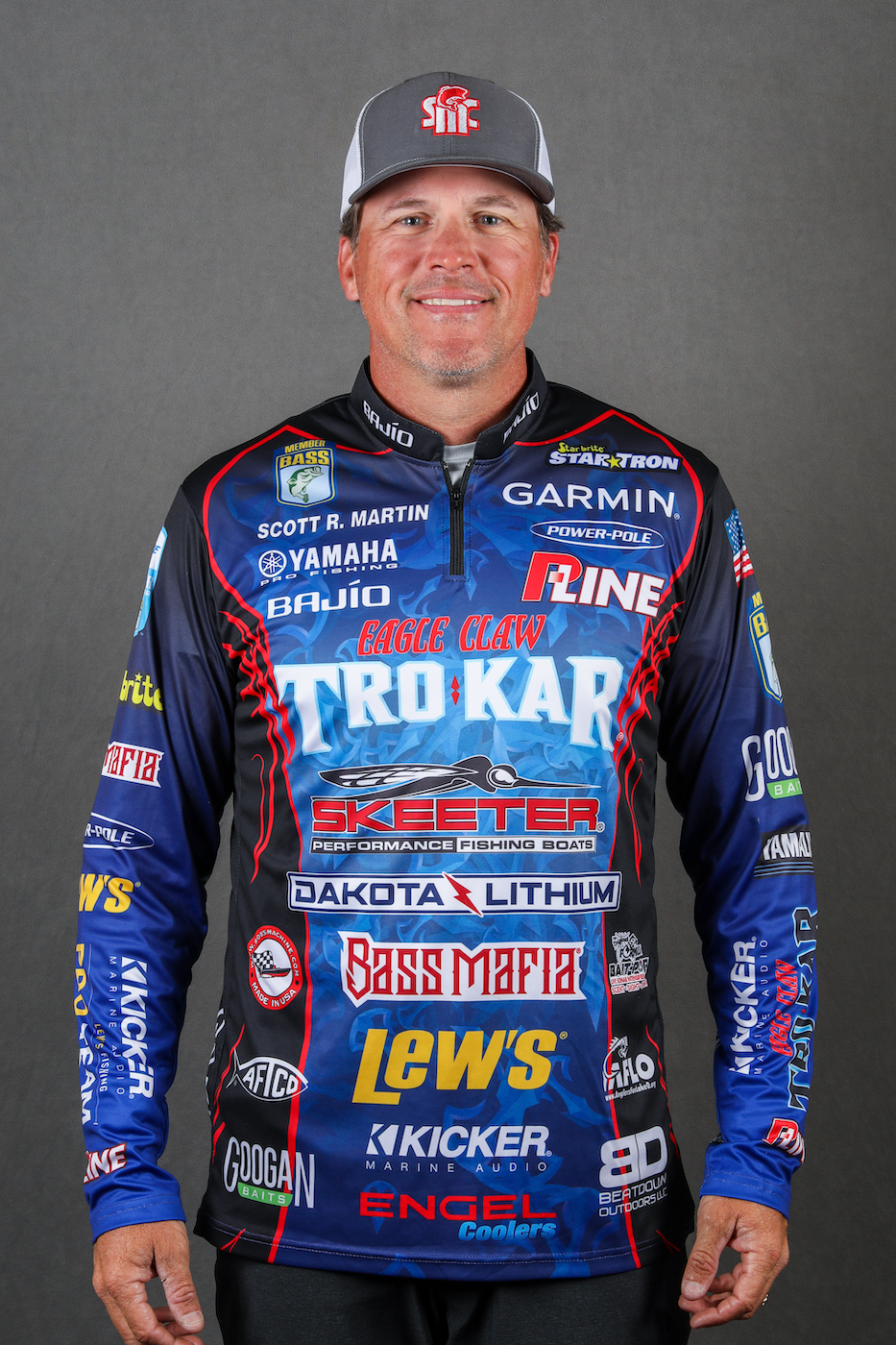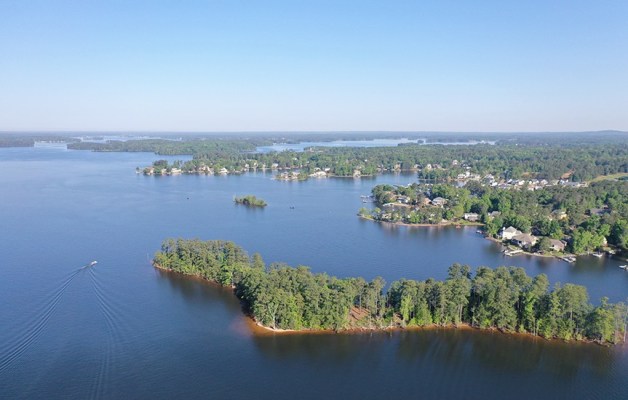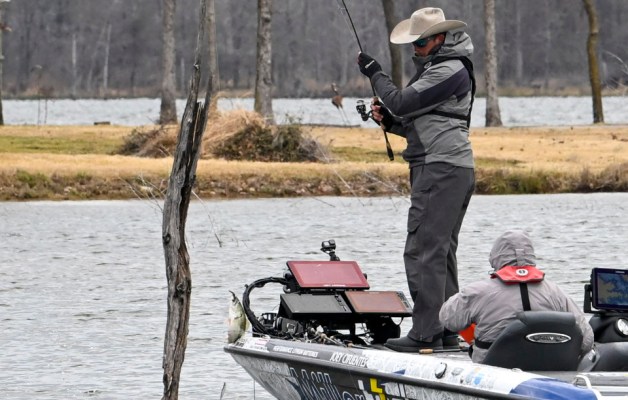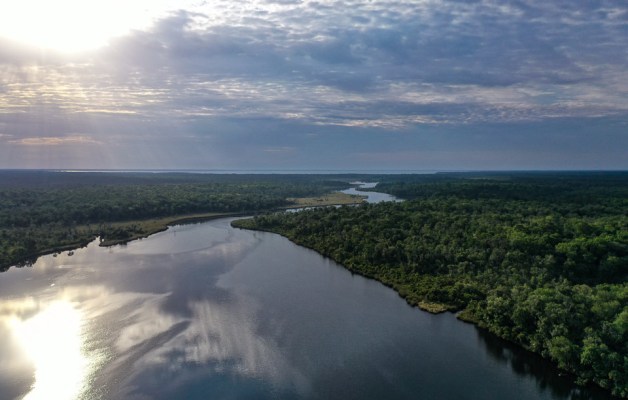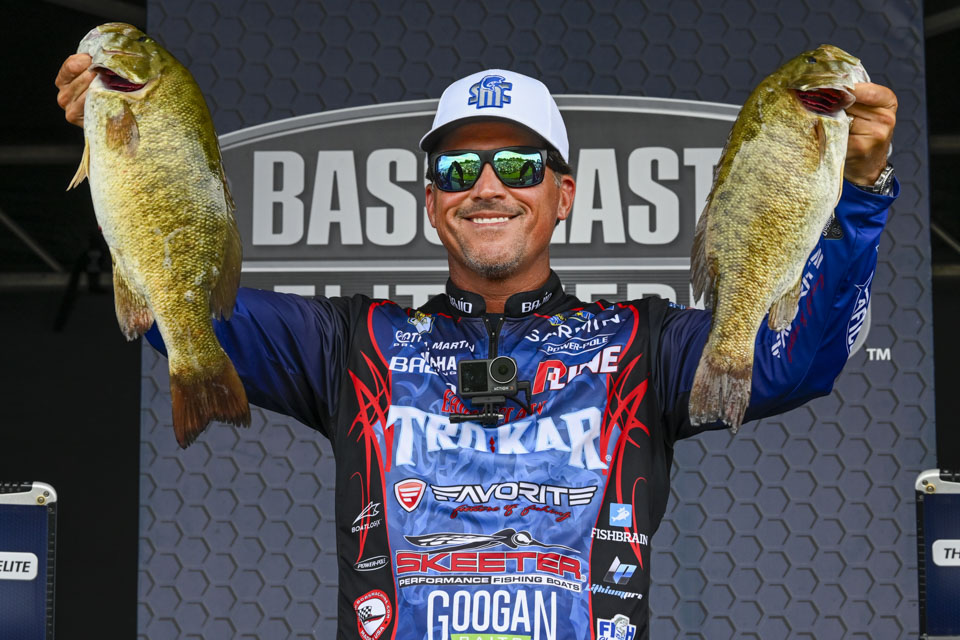
The Northern Swing is always an exciting part of the Bassmaster Elite Series season, and I was really happy to start these final three tournaments by making the Top 50 cut at Lake St. Clair. Over the years, I’ve really enjoyed fishing these smallmouth lakes, and after having a rough go this year on the Elites, it feels good to get things turned around.
I caught a lot of fish, made some good decisions and fished really clean. You can’t look at the standings in this particular tournament and say, “Oh my gosh, that guy wasn’t on ‘em.” Everybody caught ‘em. Even though I don’t like the word luck, it can be a little bit lucky here when you find the right ones and you catch a 5-pounder versus a smaller one.
For me, fishing clean was the most important thing. Over the past couple years, I’ve been plagued with some missed opportunities, and it feels good when that doesn’t happen. The ball was in my court the whole time.
I caught my St. Clair fish like everyone else — drop shots and Ned rigs in 12 to 14 feet of water. I did run up the St. Clair River. I knew I couldn’t win in the river, but I felt like I could catch 20 in the river. I thought 20 would be a little better than it was, but the weights went through the roof.
Based on past history, 20 pounds was all I needed for three days in a row to make the Top 10. But that wasn’t the way it worked out this time.
I can say my tournament turned out pretty much like my practice indicated. I had fish on the U.S. side; I had fish on the Canada side. The thing about St. Clair that makes it a little easier is it’s not like you’re trying to find that one spot — you’re trying to find an area that has some fish in it.
That’s what it is on the lake’s northern side in Anchor Bay. These fish are just roaming around on these sand flats with grass, and you literally fish new water all the time.
You drift over here, you drift over there, you look at your trail on your map and you go, “I’ve gone through here three times, but I haven’t gone over there.” So you go over there and boom, boom, boom — you catch a few more fish.
One thing I like about smallmouth events is, unlike a largemouth tournament where there are clear winners and losers, smallmouth spread the success more broadly. In a smallmouth event, we’re pretty much all fishing the same way, while largemouth events usually find guys fishing vastly different areas of a lake and several different patterns.
With smallmouth, it usually comes down to getting into an area with above-average fish. You never know what’s down there until you catch a bunch. I caught about 30 fish a day, but I just couldn’t find many of those really big ones.
Lake Champlain and the St. Lawrence River will offer some different dynamics, but I’m off to a solid start with these northern events. I’m looking forward to building on this momentum.

